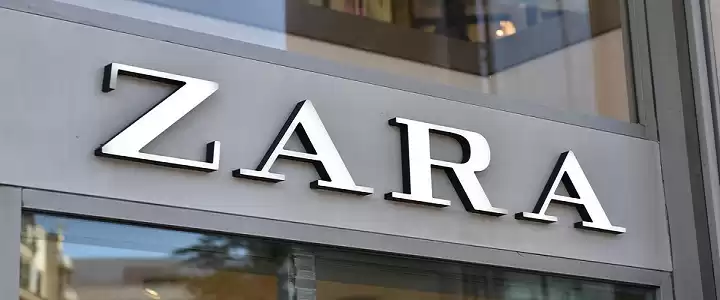
It’s hard to walk through any major city without spotting the iconic Zara storefront, which has become a retail powerhouse known for its cutting-edge fashion at affordable prices. With a business model that breaks the traditional rules of fashion, Zara has undoubtedly revolutionized the retail industry. In this piece, we decode the reasons behind Zara’s success.
Mastering the Fast Fashion Model
Zara, founded in 1975 by Amancio Ortega and Rosalía Mera in Spain, has defined and mastered the fast-fashion business model. Unlike traditional retailers who design seasonally, Zara introduces hundreds of new designs to its stores every month. This rapid-fire production schedule allows Zara to respond to the latest fashion trends and customer feedback quickly, often in as little as two weeks.
To enable this, Zara relies heavily on technology. It has invested in sophisticated data analytics, allowing the brand to monitor real-time sales data and customer preferences across different regions. Furthermore, Zara’s use of Radio Frequency Identification (RFID) technology in its supply chain ensures that the right products reach the right stores at the right time.
As Coco Chanel once said, “Fashion is not something that exists in dresses only. Fashion is in the sky, in the street, fashion has to do with ideas, the way we live, what is happening.” This quote encapsulates the essence of Zara’s business model. Zara doesn’t dictate fashion; it responds to it.
Value for Money: High-End Fashion at Affordable Prices
One of Zara’s most defining traits is its ability to offer runway-like fashion at a fraction of the price. By controlling the entire supply chain—from design to store shelves—Zara can keep costs low and pass these savings onto the customers. This means consumers can access the latest fashion trends without breaking the bank.
Zara’s commitment to affordable fashion doesn’t mean it compromises on quality. The brand ensures its products meet strict quality control standards. Just take Zara’s TRF collection, known for its premium quality materials and stylish designs, which continues to be a hit among fashion-conscious millennials.
Famous pop icon Beyoncé was once spotted wearing a chic tie-dye Zara dress, and she lauded, “Zara’s power is making luxury fashion accessible. You don’t have to be a millionaire to look like a million bucks.”
Catering to a Global Audience
Zara’s success also lies in its ability to cater to a diverse, global audience. With over 2000 stores in 96 countries, each Zara outlet stocks items that cater to the local tastes and preferences, thanks to its data-driven approach. This localization strategy has enabled Zara to win hearts worldwide, making it a truly global fashion brand.
Take, for example, Zara’s efforts in customizing its collection for the Middle East. It launched a Ramadan collection featuring kaftans and tunics, demonstrating cultural sensitivity and localization. Similarly, in colder regions, Zara’s collection leans towards heavier fabrics and layers.
Anna Wintour, the editor-in-chief of Vogue, praised Zara, saying, “Zara has democratized fashion. It has an understanding of its customer that’s almost unparalleled in the industry. Zara doesn’t just sell clothes; it sells a lifestyle that’s accessible to all.”
In conclusion, Zara’s success is an amalgamation of its rapid response to fashion trends, affordability without compromising on quality, and understanding of its diverse global customer base. It’s no wonder that Zara has become a beloved brand among fashion enthusiasts and style mavens alike, setting the benchmark for how modern fashion retailers operate.
